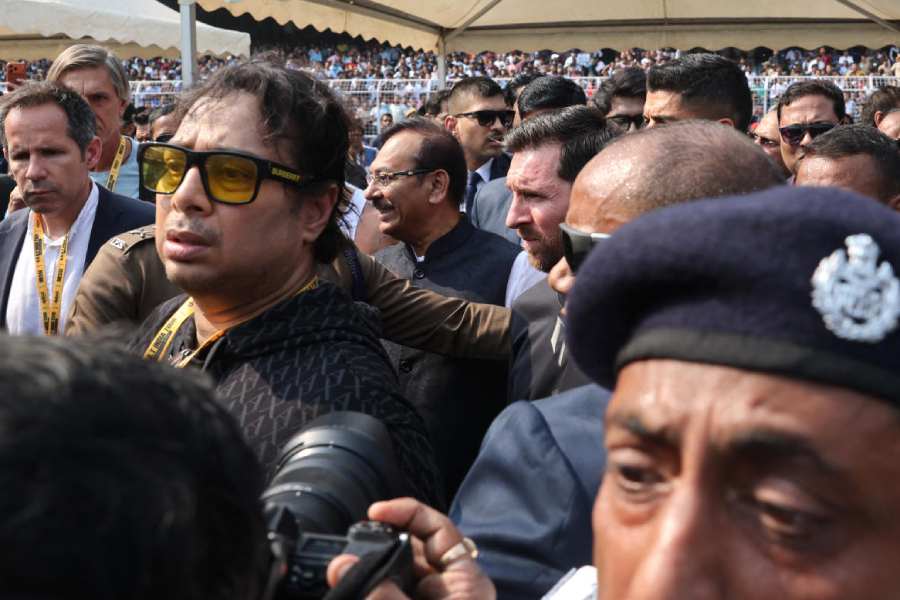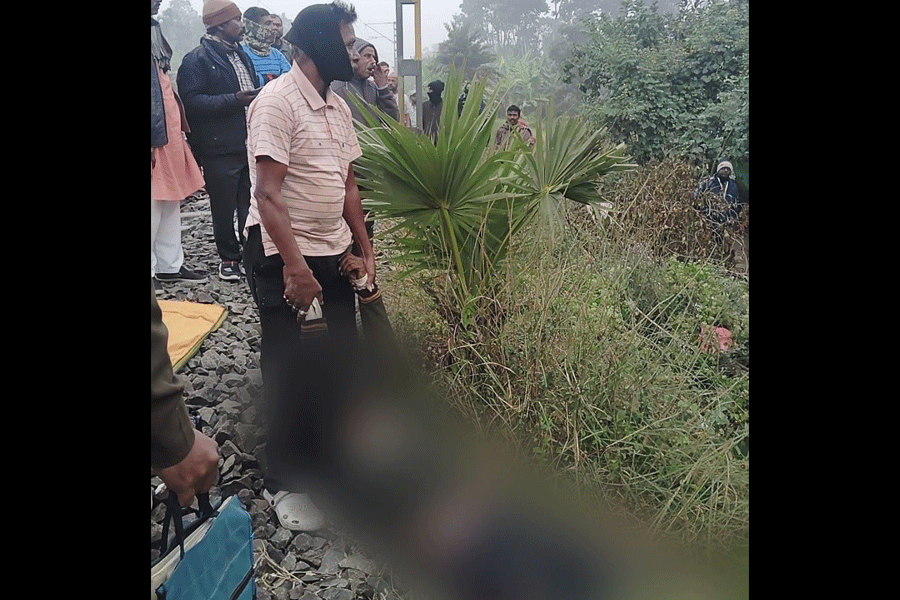 |
 |
 |
| Storytellers: Father Nascimento Mascarenhas (top), Damodar Mauzo; and (above) Savia Viegas. Pics by Reena Martins |
Over steaming mugs of tea and coconut cake offered by a friendly parishioner, Father Nascimento Mascarenhas, writer in residence at the Holy Spirit Church in Goa, speaks animatedly about the birth pangs and journey into his seventh and latest book — Land of the Sal Tree.
Nascimento — whose book about his native Saligao has sold well since its April launch — is one of many authors in Goa writing about their homeland. A mini book revolution is seemingly sweeping across the state.
Consider this. In the mid and late Eighties, there were 10-15 books on Goa to buy. Today there are hundreds. Goa boasts of a writers’ group that critiques and supports members. Three book clubs meet monthly in different parts of Goa. And local publishing houses are mushrooming across the state.
Take Goa1556, a five-year-old publishing outfit started by journalist Frederick Noronha. In its first three years, it launched an average of two books a year; by 2010 it was coming out with two or three books a month.
“The reading population in Goa is growing and vibrant,” says Wendell Rodricks, fashion designer and second time author.
The background of authors is eclectic — ranging from designers and journalists to homemakers and store owners. Carlos Fernandes, curator of Goa’s central library, reckons that some 300 books are published locally every year, of which 200 are written in Konkani.
Hema Naik, a Goan author who writes Konkani in the Devnagari script, runs Apurbai Prakashan which has published about 100 Konkani books since 1986. “But over the past five years there has been a 30-40 per cent increase in publication,” she says.
Contributing to the spurt are big bookshops which are now publishing books. Cheap or even free printing software has added to the boom, making it easier for smaller publishing outfits to thrive. “That’s how a tiny, shoestring, poppa-and-momma shop can bring out so many titles,” says Noronha, whose Facebook profile sports a different book cover (or even two or three titles) every month.
There are varying views on what sells best. Goa1556 makes its money from non-fiction, but Leonard Fernandes — whose publishing house Cinnamon Teal, set up in 2007, edits and prints for authors for a fee — holds that fiction sells better.
Life in a Goa village often crops up as a theme. “Village life helped me think out-of-the-box,” says Rodricks. “If I lived in a metro I would not have the creative space to do all that I am doing.”
 |
In a state where people still make time to visit the neighbour for a chat, stories aren’t hard to come by. Goan readers like a good those-were-the-days story. Dominic Fernandes, whose memoir, Dominic’s Goa (published by Broadway Books), became a bestseller in 2007, is a nostalgic account of life in the land of sea and feni.
The stories are not always happy. In her bare-as-bones clinic opposite the pristine church in Varca, on Goa’s southern beach belt, Belinda Viegas, psychiatrist and author, hears stories of depressed four- or five-year-old children. Belinda’s book Cry of the Kingfisher is based on mental illness that cuts across generations.
Writer Savia Viegas experienced her aha moment at an unseen turn, while recovering from surgical complications in a Mumbai hospital. Her unstoppable outpourings set the stage for not one, but two novels: Tales from the Attic and Let Me Tell You about Quinta.
The books took shape when she moved back to Goa with her family. Her ancestral house, Quinta — Portuguese for a country villa or estate — with its filigree wrought iron balcao that spills into a wide courtyard flanked by paddy fields, was the base for her novels, written through “spins and lulls”.
When inspiration struck, Goa’s well known Konkani writer, Damodar Mauzo, could pen a story in a single sitting. Till he suffered a heart attack in 1991, he wrote every night from 11pm to 3am.
 |
 |
 |
Many of his plots and protagonists have been gleaned from customers who visit his general store and stay back to chat. His protagonists are mainly Goan Catholic women — who figure in novels such as Teresalo Go (Teresa’s husband) and Carmeline. The latter ran into four editions and has been translated into about 10 regional languages.
A few houses away from his place in Majorda, lives Guadalupe Dias, a 30-something Konkani poet, who also writes Konkani in Devnagari. And she writes only when an idea kicks in. “It could happen even while grating coconut or scaling fish,” she says.
After the lights have gone out at 10pm, she sits down to read Gulzar’s poetry or fiction by Dan Brown or Paul Coelho in the light of a table lamp. Like many writers in Goa, she seeks to popularise Konkani. Most Goan youngsters — including Guadalupe’s schoolgoing boys — don’t fancy reading Konkani, she points out.
“People will even speak to their dog in broken English,” adds Savia.
Not many in her village, Carmona, would have read Savia’s works, but she is grateful for the ideas they lend her. “When a book leaves my hand, I expect it to assume a life of its own,” she says. “Writing brings me mental satisfaction, but no money,” she adds.
Publishing may not make money yet, but the publishers try and keep their overheads low. Noronha says that it costs Rs 40,000-50,000 to print 1,000 copies of a 150 to 200-page book. Smaller publishers often work out of home and without staff, and push their books through friends of friends.
Savia’s first book was sold through word of mouth — on the Bombay-Goa train or at the beach. Let Me Tell You about Quinta sold out without a single book release. “I don’t like the book release model,” she says.
Victor Rangel Ribeiro, a well known US-based octogenarian Goan author who plays mentor and editor to many a Goan author, believes that a small part of the publishing trend can be attributed to the growing numbers of what he calls serious authors. “They dig into our past and seek to preserve our cultural and historical heritage in writing; fortunately, their work is readily accepted by at least two of the established local publishers,” he says.
But the greater part of the surge, he insists, consists of self-published books plagued with errors. “People say: If X got his book published, why not me? So they go find a printer, and within weeks their book is published and ‘launched’,” he says.
“Editing, design and production standards need to be raised,” agrees Rodricks. But errors aside, it’s important to get the books out, stresses Jose Lourenco, an engineer-turned-writer. After all, a book in hand is worth two still waiting to be published.











